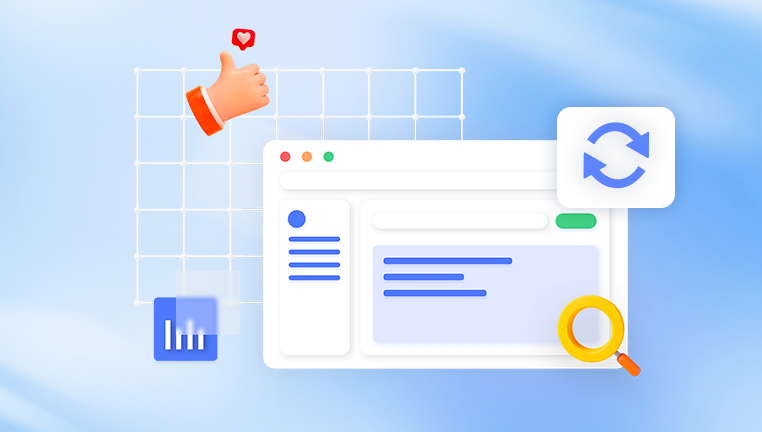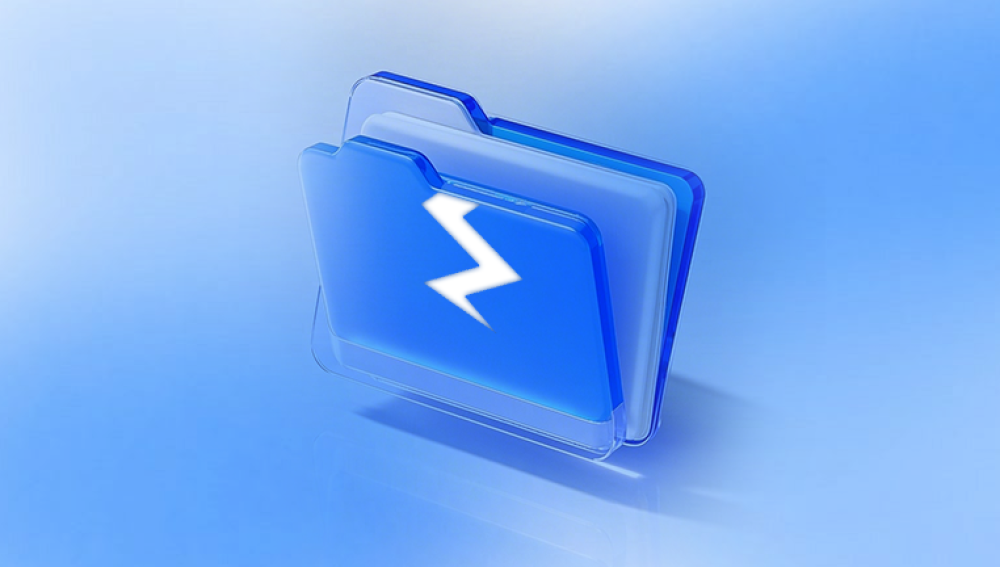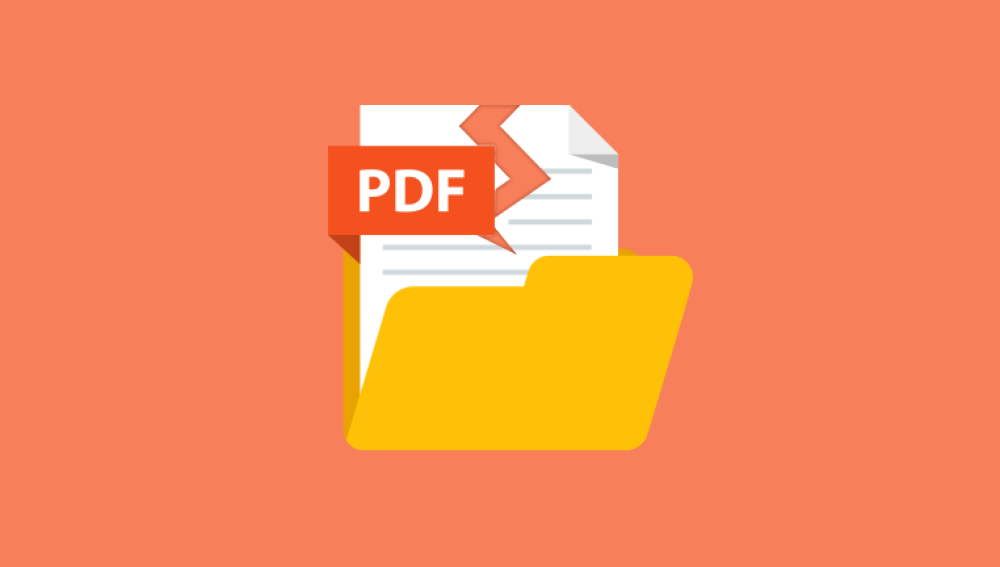JPEG or JPG files are one of the most popular image formats worldwide, used by photographers, graphic designers, and everyday users to store and share pictures. However, like all digital files, JPG images can become corrupted or broken, making them unreadable or partially damaged. Fixing broken JPG files is essential to recover your precious photos, artwork, or graphics.
1. JPG Files
JPEG (Joint Photographic Experts Group) is a widely-used compressed image format known for balancing quality and file size. JPG files use lossy compression to reduce size, which sometimes makes them more vulnerable to corruption than lossless formats.
JPG files contain a header, metadata, and compressed image data. Corruption in any part of this structure can render the file unusable.

2. Common Causes of JPG File Corruption
JPG files can become broken due to various reasons:
a. Improper File Transfer or Download
Interruptions during copying or downloading can lead to incomplete files.
b. Storage Device Failures
Bad sectors, failing hard drives, corrupted SD cards, or USB drives can damage JPG files.
c. Virus or Malware Attacks
Malicious programs may alter or corrupt image files.
d. Software Errors
Faulty image editors or compression software can corrupt JPGs during saving or editing.
e. File System Corruption
Corruption of the file system where images are stored can damage files.
f. Sudden Power Failure
Loss of power during file write operations can corrupt images.
3. Symptoms of a Broken JPG File
Common signs that a JPG file is broken include:
The image won’t open in photo viewers or editors.
The image displays with distortion, color shifts, or artifacts.
Error messages like “File cannot be opened,” “Invalid image,” or “Unsupported format.”
Only a portion of the image loads, or the image is partially black or white.
The file size is zero bytes or unusually small.
4. Preliminary Troubleshooting
Before deep repair, try these steps:
Try opening the JPG in different viewers (Photos, IrfanView, Photoshop).
Copy the file to another device or drive and try opening it there.
Check the file size for abnormalities.
Attempt to recover the JPG from the original device or backup.
Update photo viewer software.
5. Manual Methods to Fix Broken JPG Files
a. Rename the File Extension
Sometimes a file has the wrong extension. Rename .jpeg to .jpg or vice versa and check if it opens.
b. Open and Save Using an Image Editor
Try opening the JPG in editors like Photoshop, GIMP, or Paint.NET. If it opens partially, save it as a new file.
c. Hex Editor Repair (Advanced)
Open the JPG in a hex editor (HxD, Hex Fiend) and check the header. The first two bytes of a valid JPG are FF D8 and the last two are FF D9. Replace corrupt headers with those from a working JPG.
6. Using Software Tools to Repair JPG Files
Panda Repair
JPG files are one of the most common image formats used worldwide for photos and graphics due to their excellent balance of quality and file size. However, JPG files can become corrupted or broken due to various reasons, resulting in images that won’t open, display incorrectly, or show error messages. Panda Repair offers a reliable solution to fix broken JPG files and restore your precious images.
7. Advanced Techniques for JPG Repair
a. Extract Embedded Thumbnails
Many JPG files contain embedded thumbnails that can sometimes be recovered as partial images.
b. Use Command-Line Tools (ImageMagick)
Convert the broken file to a new JPG:
bash
CopyEdit
convert broken.jpg fixed.jpg
This can rewrite the file and remove minor corruption.
c. Repair Using Photo Recovery Software
Panda Repair
JPG files may become damaged because of interrupted file transfers or downloads, virus infections, software crashes during saving or editing, bad sectors on storage devices, or accidental deletion. Identifying the cause can help in applying the appropriate repair technique.
How Panda Repair Works
Panda Repair uses advanced algorithms to scan corrupted JPG files and reconstruct damaged headers, data segments, and metadata. This process helps restore the image to a viewable and usable state without compromising the original quality.
Features of Panda Repair
Deep scanning and detection of corrupted JPG files.
Repair of broken headers and damaged image data.
Recovery of image thumbnails and metadata.
Preview repaired images before saving.
Supports JPG files from various devices including cameras, smartphones, and memory cards.
Using Panda Repair
Launch Panda Repair and select the broken JPG file.
Start the repair process and wait for it to complete.
Preview the repaired image to ensure quality.
Save the restored JPG to a secure location.
d. Rebuild File Using Parts from Other JPGs
If the header or footer is missing, copy it from a working JPG file with similar dimensions.
8. Preventing JPG File Corruption
Always eject storage devices safely.
Avoid interrupting file transfers.
Keep antivirus software updated.
Backup important images regularly.
Use reliable hardware and storage devices.
Use trusted image editing software.
9. Frequently Asked Questions (FAQs)
Q1: Can all broken JPG files be repaired?
A: No, some files may be too severely damaged.
Q2: Are JPG repair tools safe to use?
A: Always use reputable software to avoid malware.
Q3: Can I repair JPG files for free?
A: Some tools and manual methods are free, but paid tools offer better results.
Q4: Does compressing JPG files increase corruption risk?
A: Over-compression may degrade quality but usually doesn’t cause corruption.
10. Summary and Final Recommendations
Fixing broken JPG files involves understanding the cause and extent of corruption. Start with basic checks and manual methods. Use reputable repair software for complex damage. Always backup your images and use reliable devices to prevent future problems.




